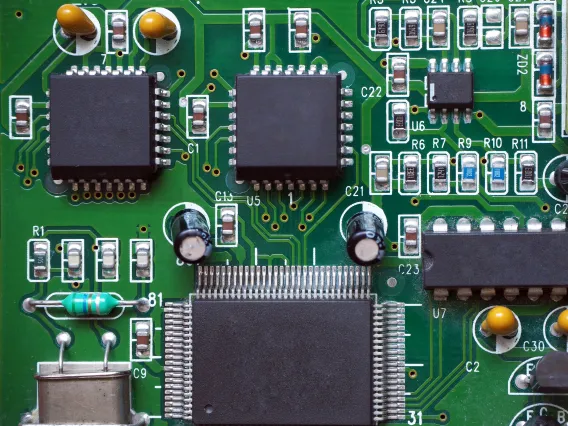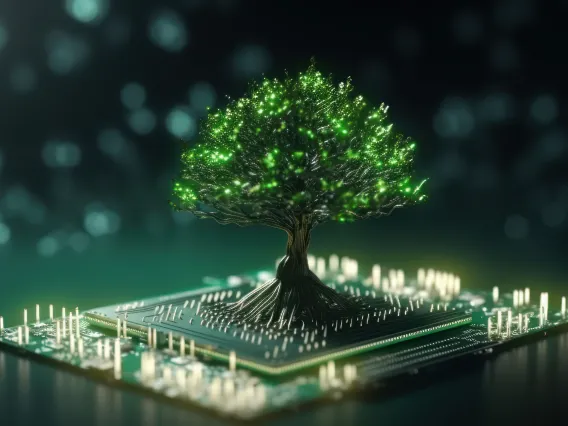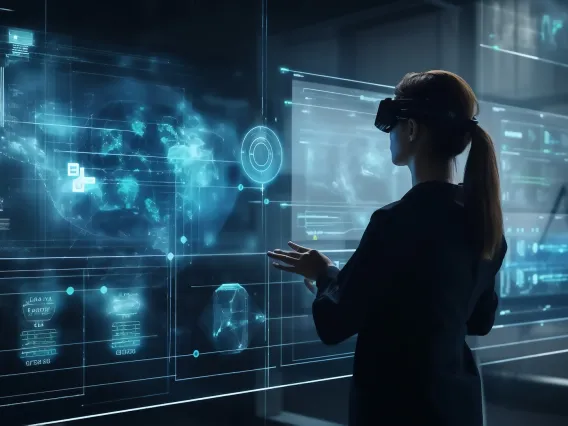Research

The Wyant College applies optical and photonic technologies to advancing computation, energy generation, space sciences, medicine, cybersecurity and more.

The Imaging Technology Lab is dedicated to advancing scientific and industrial sciences by developing enabling technologies for the 3D heterogenous integration of optics, photonics and semiconductor devices. ITL has applied their innovative technologies for more than 30 years to help keep Steward Observatory of the College of Science equipped with world leading imaging systems.

The Center for Quantum Networks (CQN) is developing the entire technology stack to reliably carry quantum data across the globe, spurring new technologies for quantum service providers and application developers.

The University of Arizona is at the forefront of developing new technologies to protect computer networks, solve computer crimes, and defend national security.

The Center for Environmentally Benign Semiconductor Manufacturing is focused on improving performance, reducing cost, and lowering the environmental health and safety (EHS) impacts of semiconductor manufacturing across the supply chain.

The Broadband Wireless Access & Applications Center (BWAC) brings together industry and university experts to advance wireless technologies and provide cost-effective and practical solutions for next-generation (5G & beyond) wireless systems, millimeter-wave communications, wireless cybersecurity, shared-spectrum access systems, full-duplex transmissions, massive MIMO techniques, and related technologies.
There are over 9 research groups across the university investigating low-dimensional semiconductors for applications to next generation atomic scale transistors, high speed optical information processors, and quantum computing technologies. Low-dimensional semiconductors can be as thin as a single atom and use this extreme spatial confinement to enhance the performance of electronic and optical devices.

Our multidisciplinary team of systems, industrial, and computer engineers and scientists collaborate to push the boundaries of digital twin technologies and extended reality (XR) applications. Our focus is on developing accurate digital replicas of physical assets and creating immersive XR experiences that blend the virtual and real worlds seamlessly. This is to enable research on real-time decision making for process monitoring and control and system optimization as well as enabling state-of-the-art workforce training and development.

The electron-to-devices (E2D) multi-physics simulation laboratory provides end-to-end integrated solutions for development and processing of tailored semiconductor materials, integrated circuit design and packaging, and physics-based analysis of semiconductor device operation and reliability.

The CSM Chip Design program utilizes Cadence, Synopsys and Siemens design tools, Matlab and other signal processing tools to focus on:
- analog and digital designs.
- architecture for new training and applications including defense, biomedical and green energy.
- new photonic and cmosX materials that have shown translational values in analog and digital designs.
